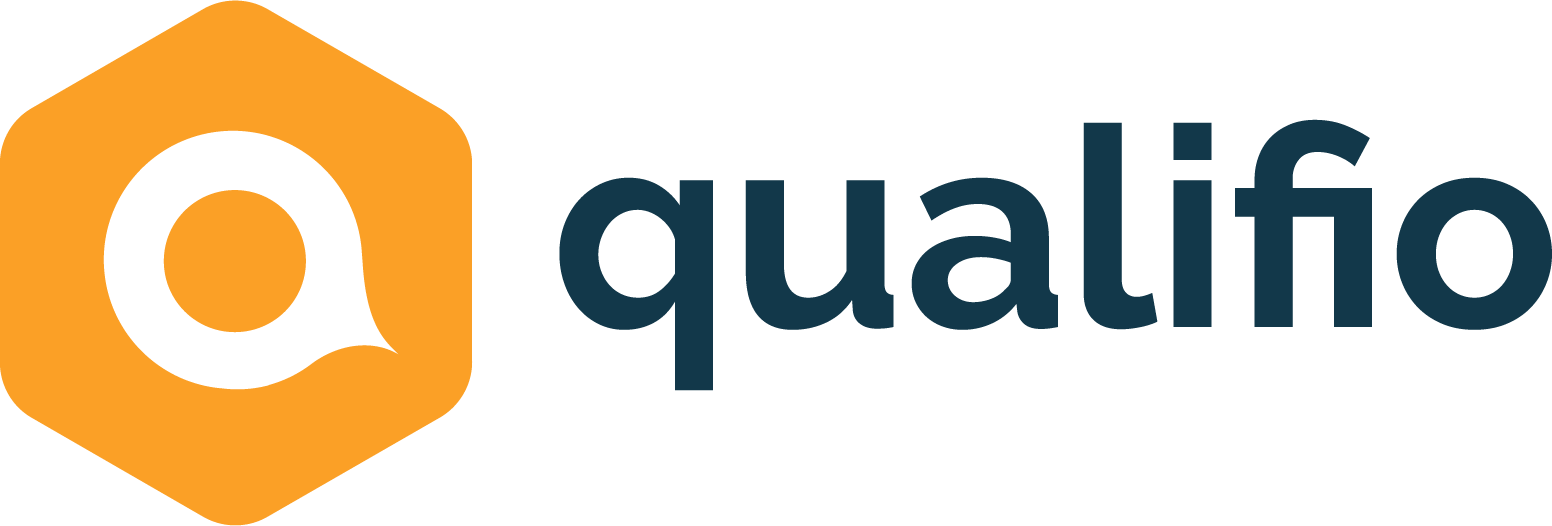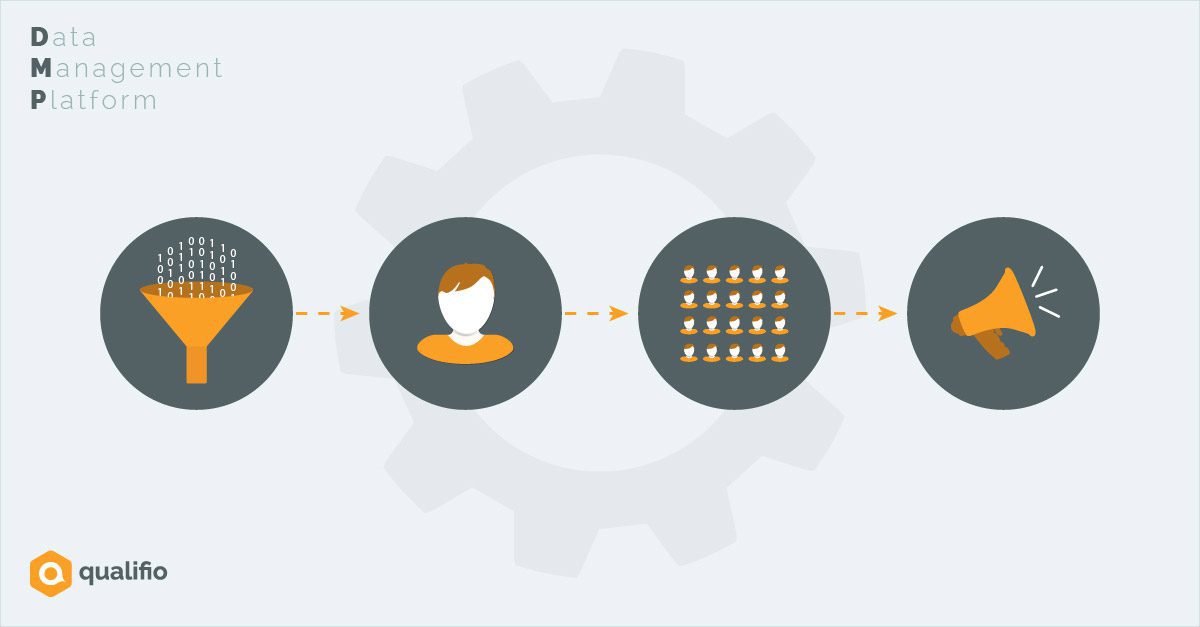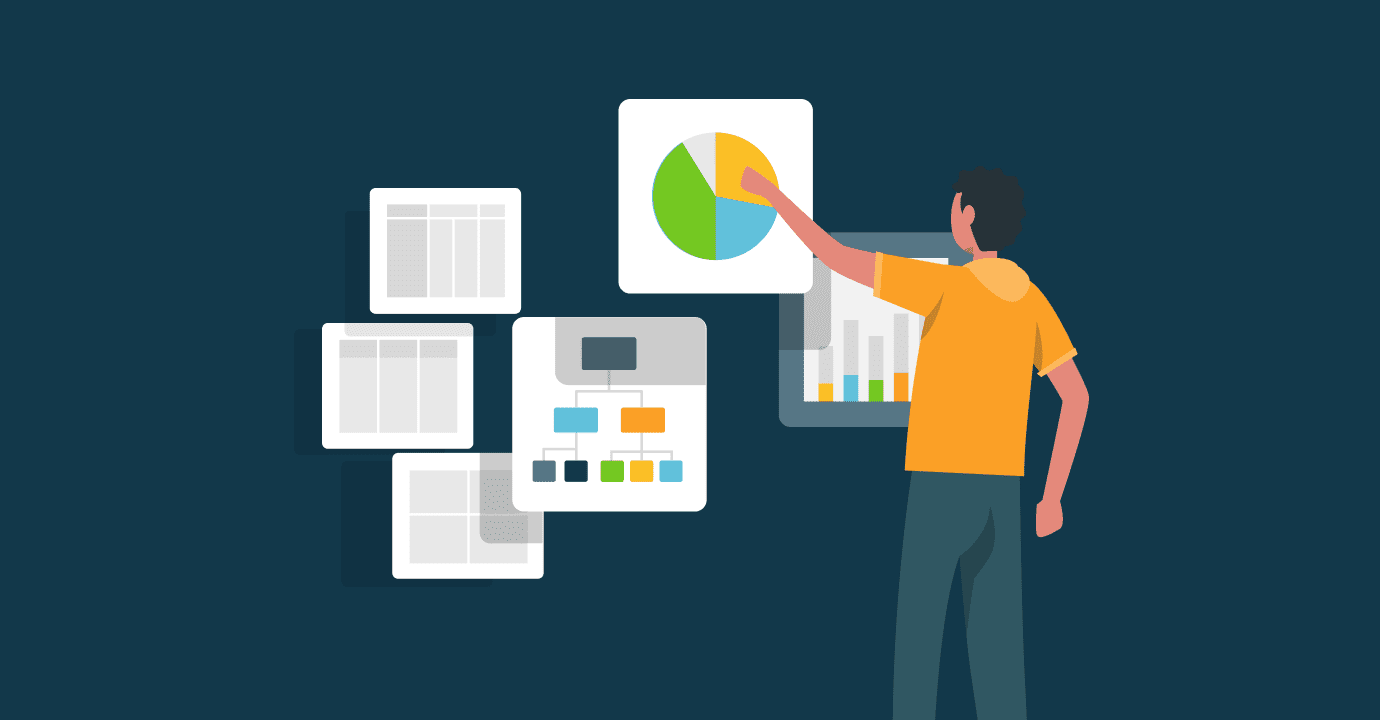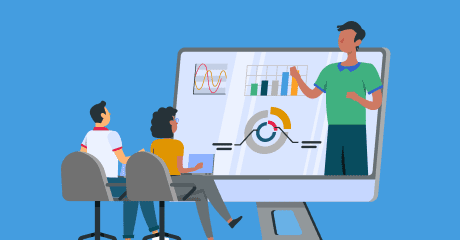What exactly is a DMP?
A Data Management Platform is a sort of large smart box. It is used to host and centralize data of various types (browsing behaviour, purchases, socio-demographic profile, etc.) originating from various sources (website, CRM, mobile app, points of sale, etc.), to sort it into groups (or segments) and to redistribute it to other services for them to use (ad servers, DSP, etc.) in order to increase the customisation of advertising operations.
More precisely, the DMP:
-
-
Collects and hosts data
Most often via a DMP tag, which collects non-nominative data (not as Gérard Manfroid but as visitor568954) on web pages, for example, or in a mobile app. But it also gathers 1st, 2nd & 3rd-party data (data you collected yourself, data from your partners and/or data you purchased) which the company possesses.
-
Creates segments in the data
It then uses all this data to create segments. For example, based on the information collected by the DMP, combined with CRM information, a segment could be: “any person between 25 and 30 years old who visited the beauty section of the group’s 3 media websites and who has a paper magazine subscription.”
-
Distributes segments to Media buying software
DMPs are linked to DSPs (ad purchasing software) to which they send segmentations. They then continue their analysis based on these placements, optimise segments and send the information to the DSPs, which use the information to adjust placements and bidding.
-
Who uses DMPs?
Agencies, media, and e-commerces in general all use DMPs. They collect large quantities of high-quality data in order to learn more about their audience and thus target them more accurately.
What for ?
Previously in the field of media purchasing, targeting was limited to, for example, placing car ads in automotive media or in the automotive sections of traditional media (contextual targeting). But courtesy of DMPs and all the data collected (and assembled) about visitors, it’s now possible to target car ads at users who are genuinely interested in buying cars: i.e. those who scroll through the website’s car pages, or better still, have visited at least 3 car brand websites in the past 2 weeks.
On the media side, this leads to much more qualitative targeting, enabling them to increase the sale price of their media space.
For the advertiser, better targeting means a better conversion rate and optimised costs (no point displaying an ad 40 times to a visitor who has not been converted after 10 times). DMPs also allow advertisers to take back control of their media purchasing, which has for a long time been left to specialized agencies.
Qualifio connects with the main DMPs on the market and, for our clients, has become one of the main data generators for DMPs.
